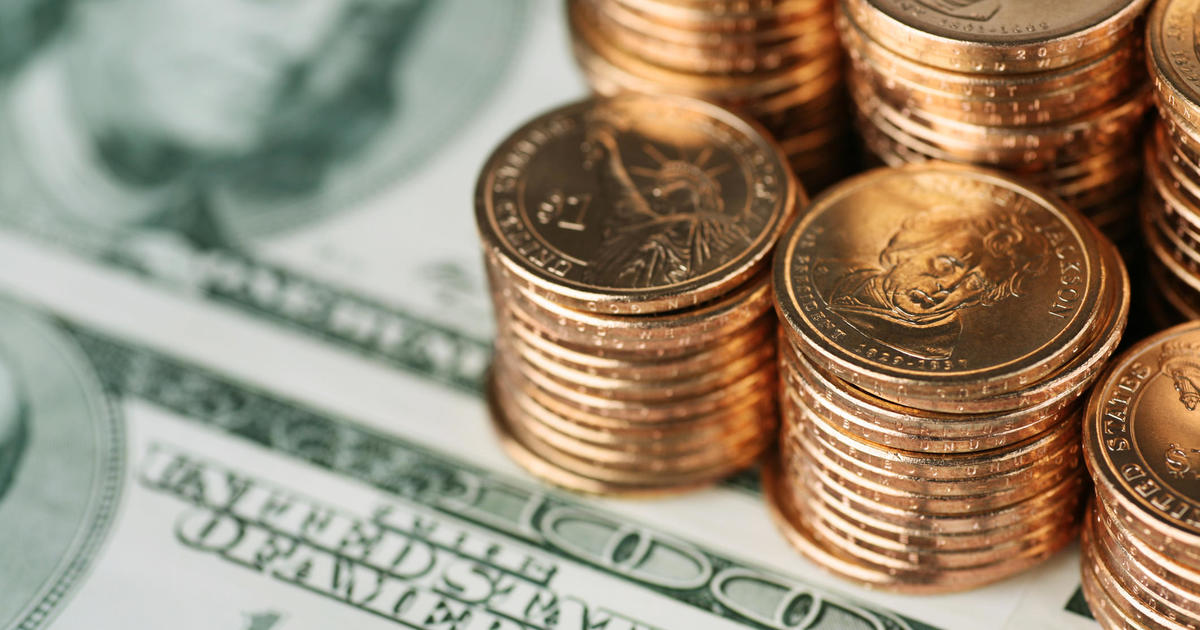U.S. gas prices dip as oil drops below $100 a barrel
Americans can expect a measure of relief for record high gas prices as oil recedes to less than $100 a barrel, analysts said.
Benchmark U.S. crude rose 49 cents to $96.93 a barrel on Wednesday. down from around $130 a barrel last week — its highest level since 2008. Oil prices are falling as Russia and Ukraine leaders reportedly discuss a possible ceasefire, according to investment bank UBS.
"The move reflects easing fears of further supply disruptions based on ceasefire talks between Russia and Ukraine," UBS analysts said in a report. "There were also indications that, while energy companies in Europe continue to avoid Russian oil, India has bought discounted Russian crude, potentially mitigating the hit to global supply from import bans in the US, UK and Canada."
Nationally, a gallon of regular gas costs an average of $4.30, up sharply from $3.51 in February and $2.87 a year ago, according to AAA. Drivers in some states, including Alaska and California, pay as much as $4.73 and $5.77, respectively. The higher prices have further strained the wallets of U.S families who are already grappling with rising inflation.
But gas prices — which hit a record high of $4.33 on March 11 — are now edging down in a several U.S. cities. That drop should appear soon at more service stations around the U.S., according to Patrick De Haan, head of petroleum analysis at GasBuddy.
"It's only time before we sink back under $4/gal average as long as these levels hold." he tweeted, while noting that another leg up in oil prices would push fuel costs right back up.
For the most part, oil prices are in lockstep with gas prices — as oil rises, so do prices at the pump.
"It bears reminding that the cost of oil accounts for about 50% of what drivers pay at the pump," AAA spokesman Andrew Gross said in a statement Monday. "This war is roiling an already tight global oil market and making it hard to determine if we are near a peak for pump prices, or if they keep grinding higher. It all depends on the direction of oil prices."
Gas prices fell to an average of $1.94 per gallon in April 2020 as the COVID-19 pandemic was taking hold. But fuel costs started rising sharply in the fall of that year as the U.S. economy rebounded and demand surged. By December 2021, gas had jumped to $3.40, while the fiercest inflation in four decades pushed up the cost of everything from food to rent.
This year, oil and gas costs continued to climb after Russia massed troops on the Ukraine border. Prices exploded higher after Russia launched a major invasion on February 24 amid concerns that the conflict could disrupt global crude supplies and trigger economic sanctions.
Prices rose further last week after the U.S. announced a ban on Russian oil imports. Russia is a major exporter of crude oil, accounting for about 12% of the world's supply. Any disruption to those exports is likely to drive gas prices higher for consumers almost everywhere.
Despite the pain at the pump, a recent CBS News poll found that 63% of Americans said they support the Biden administration's sanctions on Russia, including the ban on Russian oil, even if it means gas prices must climb.




